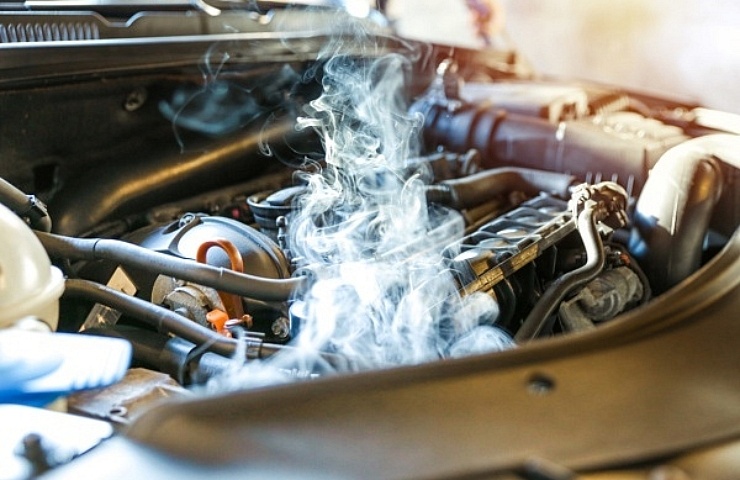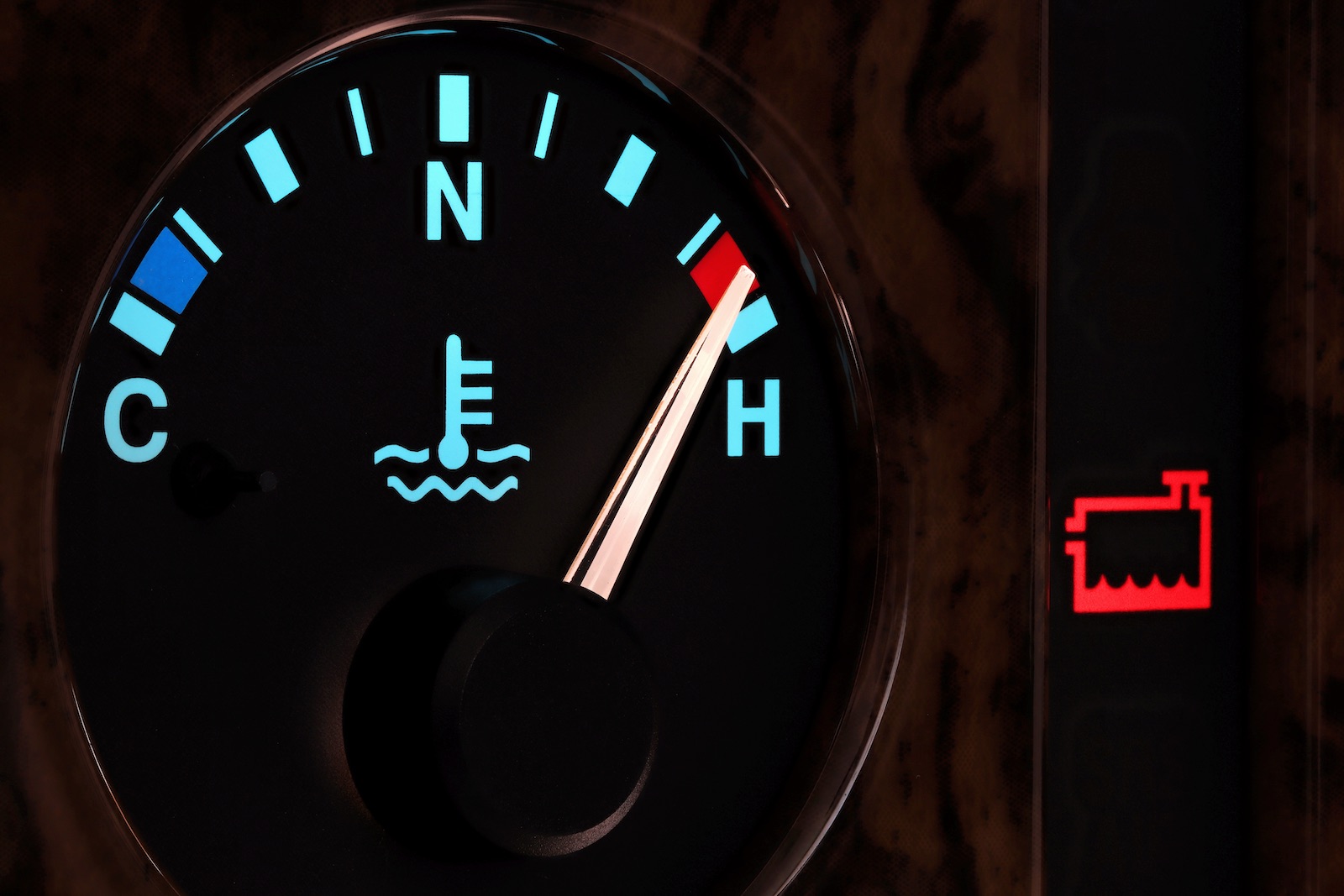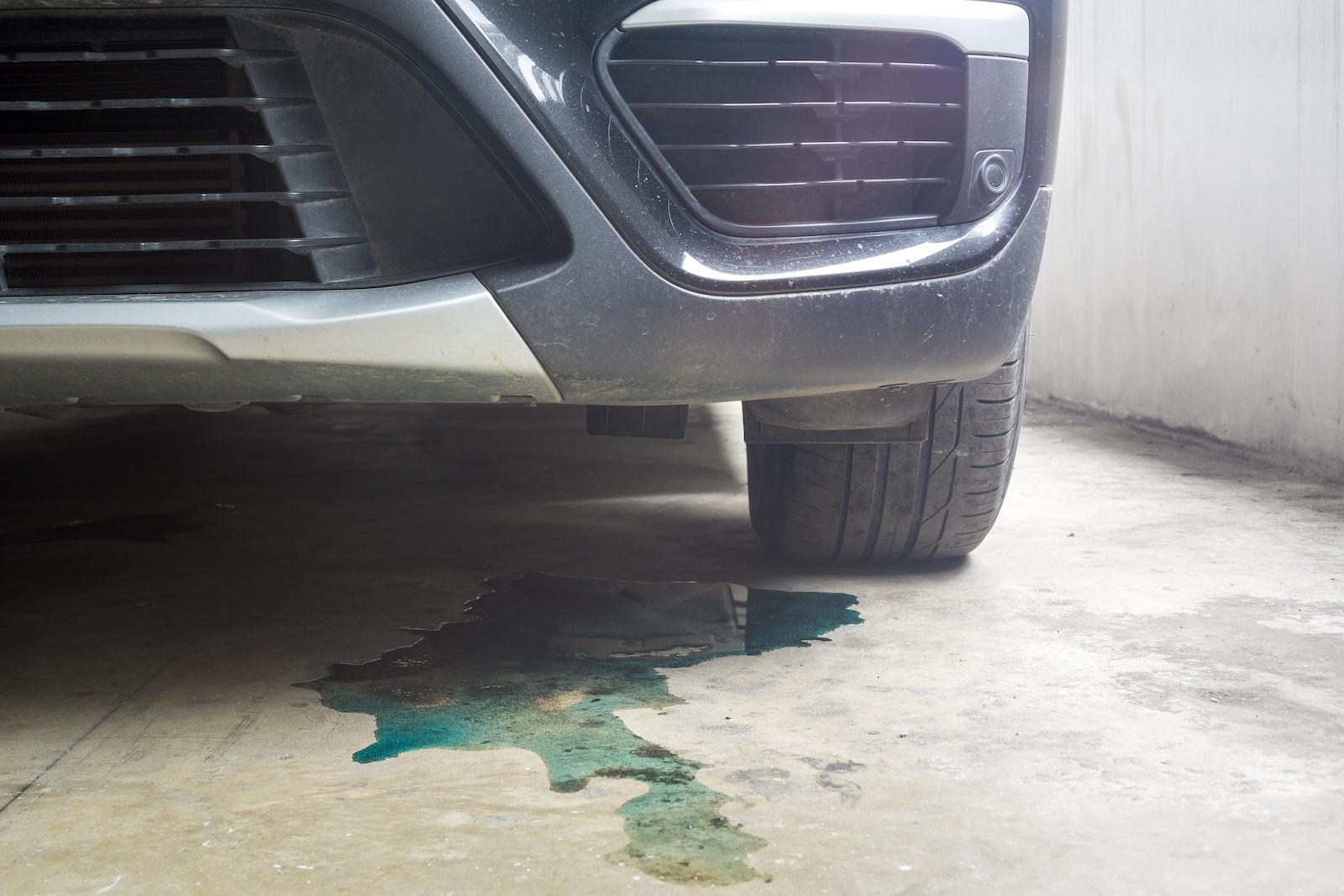Contents
Signs That Your Engine Is Overheating
It’s usually obvious when your engine is overheating. Most people won’t be able to overlook the symptoms, which include the following:
- Rising temperature gauge – You may notice the temperature gauge start to rise out of the normal zone.
- Temperature warning light – The warning light on the dashboard tells you the engine has exceeded normal operating temperatures.
- Steam rising from the hood – If the coolant starts to boil, steam starts to pour out from under the hood.
- Burning smell – As the engine overheats, the gaskets, seals, and rubber pieces also get hot. As a result, you may smell something burning.
- Strange sounds – It’s common to hear thumping or ticking as the engine overheats.
- Coolant puddle – If coolant is leaking, you will see it on the ground.
- Reduced engine power – As the pistons expand within the cylinder, the crankshaft rotation slows down, leading to reduced power and lagging acceleration.
It’s possible you won’t notice all of these symptoms, especially if you catch the engine when it first starts to overheat.
What Causes the Engine to Overheat?
Coolant leaks are a common reason for engine overheating. They can occur anywhere in the cooling system, such as at the radiator, the water pump, or in any of the hoses. If the leak is large enough, the car loses the fluid it needs to keep the engine cool.
Coolant leaks can also occur in the engine block, typically due to a blown head gasket. When this occurs, cross-contamination between the coolant and motor oil takes place. This contamination makes it more difficult to cool the engine.
With both of these problems, you would notice a drop in coolant levels, requiring you to top off the system. Yet some issues cause the engine to overheat without the fluid level dropping at all.
Overheating When the Coolant Is Full
If the coolant reservoir remains full, a leak is not the issue. Instead, you may be dealing with one of these problems.
Bad Thermostat
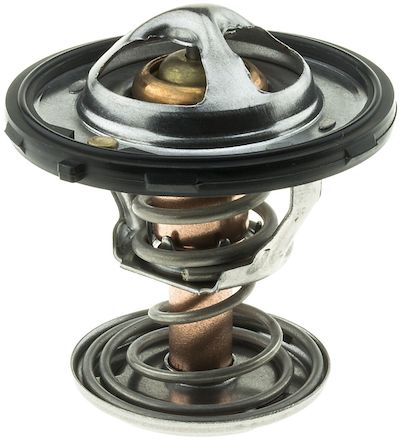
Thermostat
The engine coolant thermostat is responsible for regulating temperature. If the engine is cold, the thermostat stays closed to keep the coolant from entering the radiator. Once the engine gets warmer, the thermostat opens, and coolant flows.
When the thermostat gets sticky, it can prevent coolant flow even when it’s needed. Without the right amount of coolant, the temperature of the engine continues to rise.
Malfunctioning Water Pump
The water pump receives power from the engine through the timing chain, timing belt, or accessory belt. Inside the pump housing, there’s an impeller that looks similar to fan blades. When the engine runs, the impeller spins and pushes the coolant through the system.
However, if the engine’s water pump fails, the coolant can’t circulate. The temperature rises, and the engine overheats.
Clogged Radiator
The radiator must be able to dissipate the engine heat, so there can’t be any blockages. However, internal and external blockages are common, especially from rust and debris.
Shop now for radiatorsInternal blockages stop the coolant from flowing, while an external blockage causes a lack of airflow. Both of these problems cause engine overheating.
Malfunctioning Cooling Fan
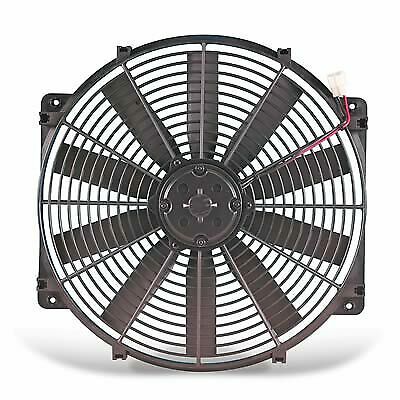
Engine cooling fan
As you drive, air is pushed through the radiator to reduce the temperature of the coolant. When you are sitting at a traffic light, the engine’s cooling fan must perform the same function.
If the cooling fan fails, there’s nothing to push air through the radiator while the car is sitting still. For this reason, the engine may start to overheat, more noticeably while sitting and idling.
Bad Engine Coolant Temperature Sensor
The onboard computer is responsible for controlling the cooling fan. This computer takes the data sent to it from the engine coolant temperature sensor to determine when the fan should run.
If the sensor fails, the computer may not turn on the fan when it’s needed. As a result, the engine overheats.
Low Engine Oil
A fault in the cooling system is the most common reason for an overheating engine, but you shouldn’t overlook the possibility that your car is low on oil. Motor oil is needed to lubricate the engine’s internal parts so they don’t grind together under load.
If there’s not enough oil, friction occurs, which leads to more heat. If your car overheats and the oil light comes on, you can bet that you need to top off the engine.
Step-by-Step Guide to Checking an Overheated Engine
If your vehicle begins overheating, there are some things you need to do before checking the system.
- Remain calm. Panic only makes the situation worse.
- Pull over somewhere safe. Turn on your hazard lights if you need to pull over on the roadside.
- Turn off the car engine immediately. It’s critical to turn off the engine to prevent serious damage.
- If you can’t pull over right away, turn on your heater full blast to help cool the engine.
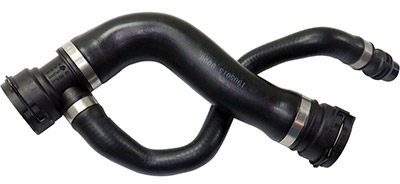
Radiator hose
Now it’s time to see what’s wrong. Here are some steps to follow:
- If smoke is still coming from under the hood, wait until it stops. Feel the hood and wait until it has cooled before popping it open.
- Use a rag to gently squeeze the radiator hose, which is usually on the top side. It’s going to be hot, so use caution.
- If the hose is stiff, the system is still pressurized, and you shouldn’t open it. Once the hose becomes flexible, you can carefully remove the radiator cap.
- If the upper radiator hose was never hot while the engine was overheating, you probably have a stuck-closed thermostat that needs to be replaced.
- Pressurized coolant can spray out and lead to serious burns, which is why you don’t want to mess with this system unless you know what you are doing. Overheated engine coolant can easily reach temperatures beyond 250°F.
- Visually inspect the other components to see if you can find the problem. For example, you can check the radiator to see if debris is preventing airflow.
- Another possibility is that the engine lacks oil. Check the oil level and add more if needed.
It’s also important to note that permanent damage may have already occurred. It only takes minutes for the overheated engine to lead to more serious consequences, such as a blown head gasket.
How Do You Fix an Overheated Engine?
The appropriate fix depends on what you find during the inspection. Some repairs are simple to perform and won’t cost a lot of money. As an example of what you may spend, here are some estimates for common repairs. If you need help with the repair, labor charges would also be added to these estimates.
- Replace radiator hose: $20 to $75
- Replace thermostat: $10 to $50
- Replace water pump: $175 to $300
- Coolant flush: $15 to $55
- Replace radiator: $650 to $900
- Replace cooling fan: $75 to $425
- Replace engine coolant temperature sensor: $225 to $375
Once you resolve the problem, make sure you fill the system back up with the right type of antifreeze. It’s also important to watch the engine temperature gauge very carefully the first few times you drive after the repair to ensure everything is fixed.
Shop now for radiators
